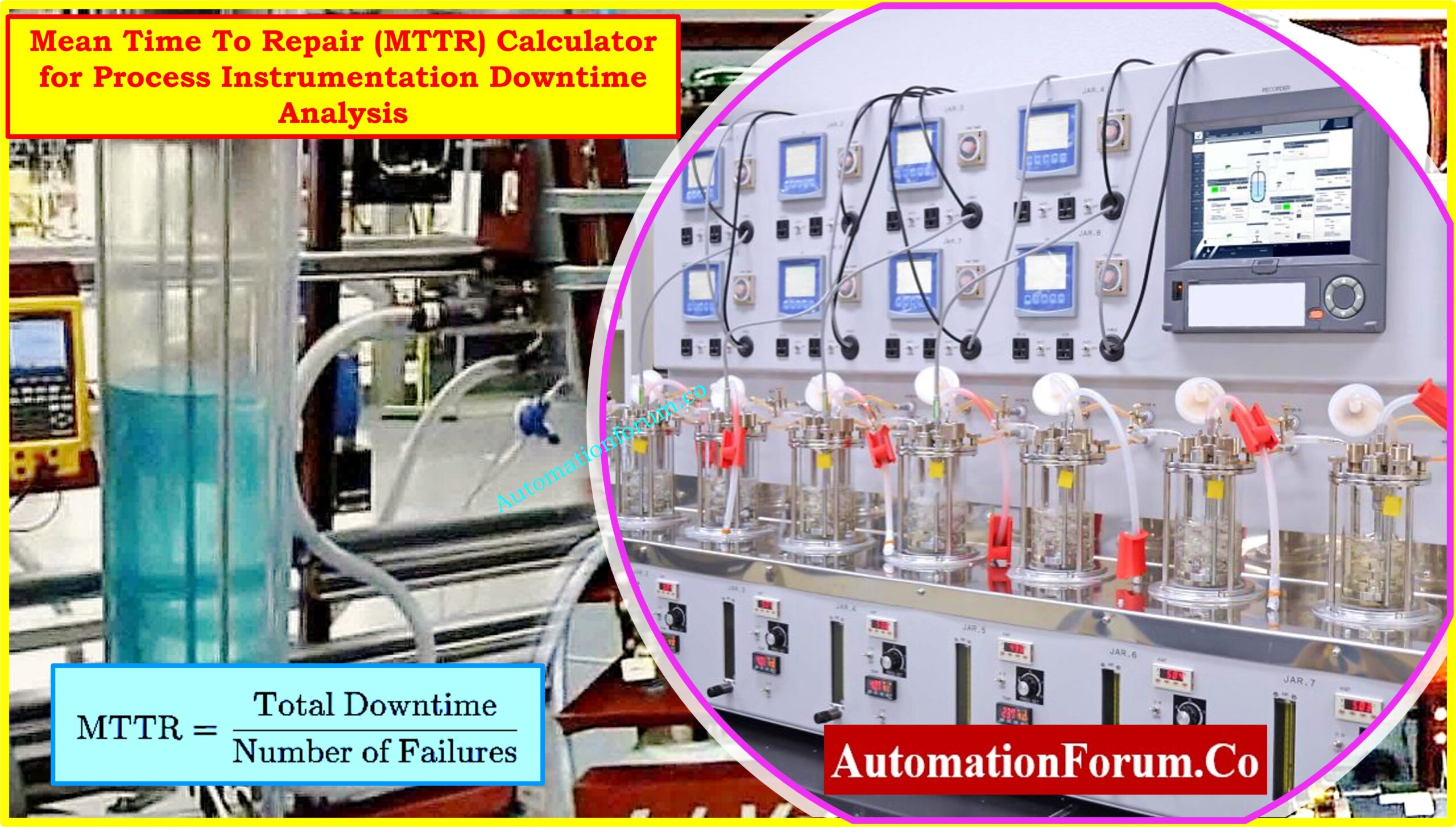Introduction
There are different kinds of indirect level measuring methods.In this session we are gonna discuss about laser level measurements.The working principle of laser level measurement is detecting the time taken by laser source for transmission and reflection back from the material surface.

The laser level transmitter either uses triangulation, time of flight or confocal chromatic working principle
Working principle laser level measurement
Triangulation
One method for accurately measuring the distance to targets is through the use of laser triangulation sensors. They are so named because the sensor enclosure, the emitted laser and the reflected laser light form a triangle.
The laser beam is projected from the instrument and is reflected from a target surface to a collection lens. This lens is typically located adjacent to the laser emitter. The camera views the measurement range from an angle that varies from 45 to 65 degrees at the centre of the measurement range, depending on the particular model.

Time of flight
This technique uses the time light takes to travel to a target and back, but the time for a single round trip is not measured directly. Instead, the strength of the laser is rapidly varied to produce a signal that changes over time. The time delay is indirectly measured by comparing the signal from the laser with the delayed signal returning from the target.
Confocal chromatic:
This uses use a white light source to accurately measure the distance to surfaces. The essence of our confocal chromatic imaging principle is the accurate detection of colours from light that is reflected back from target surfaces.
The white light is focused onto the target surface by a multi-lens optical system. These lenses disperse the light into monochromatic stages (colours) along the measurement axis. A specific distance to the target is assigned to each colour’s wavelength in a factory calibration. Only the wavelength which is exactly focused on the target is used for the measurement. This light reflected from the target surface is transmitted from the probe, through a confocal aperture and onto a spectrometer which detects and processes the spectral changes and calculates distances. These distance measurements are transmitted at high speed via Ethernet communications protocol
Merits of laser level measurement
- Non contact type
- Suitable for even vacuum services unlike ultrasonic detector
- Less interface effects from welding joints and other parts as laser beam runs parallel
Demerits of laser level measurement
- Shiny surfaces do not offer good results
- Dusty, smoggy environments are not suitable for this method






